By CAF Worldwide Executive Team Content Staff
Q2 2023 was defined by uncertainties regarding Russia’s war in Ukraine and its effect on the worldwide economy, stubborn inflation, and rising energy costs, as well as mounting tensions between the United States and China regarding Taiwan.
These seismic variables to global trade and shipping—coupled with an unprecedented drought plummeting levels of the Panama Canal and historic bankruptcy of a major U.S. trucking company—remain top concerns heading into Q3 and beyond.
Yet despite a persistent decrease in consumer demand, lower volumes, and the return of blank sailings across the shipping industry, there is reason for hope, as disruptions inevitably create unforeseen opportunities, and even greater possibilities.
Enlisting the expertise of a knowledgeable and experienced freight forwarder and customs broker such as CAF Worldwide to help navigate the uncharted seas ahead enables informed, rapid response amid a market susceptible to dramatic changes at a moment’s notice.
This quarterly review and outlook provides industry insight and analysis from CAF Worldwide President Joseph Barry.
The Current Landscape
With no sign of a typical early fall peak season, explains Barry, the industry is still experiencing the aftereffects of 2022—when global cargo shipping supply chains experienced crippling and unprecedented logjams, port congestion, and container shortages while emerging from a near-complete shutdown by the coronavirus pandemic. Suppliers are still working off those consequential, pent-up inventories.
“To be honest, I think the biggest theme is there’s currently no peak,” he says. “This is due to soft volumes, inventory surplus, and decreased consumer spending.”
Barry predicts light at the end of the tunnel, however, and advises optimism and preparation for the rest of 2023 and into Q1/Q2 next year.
“I feel we are seeing the brunt of things now,” he shares. “It will start to recover next year, but like anything else, there are questions about how it will actually come back, and shippers must be prepared and ready about how and when that will happen.”
Seasonal Logistics Summary
- Retailers are bearish about discounting and consumer confidence.
- Inflation and interest rates outpace consumer savings.
- Discounting is indicative of soft demand and retailers being aggressive about moving inventory.
- Consumers have pulled back on discretionary spending.
Spot Rates & China
Despite ample cargo space and historically low spot rates, the industry experienced a slight increase in spot rates from China—the world’s largest shipping nation in terms of pure tonnage—between 10 and 20 percent. This was short-lived, however, and rates have already returned to market levels—Barry says largely due to artificial demand.
“This [rate increase] was 100 percent created by the carriers desperately trying to push through peak season surcharges—even if it was just for a short time—and then pulling them back,” he explains. “So I don't think the increased pricing had anything to do with volume. It was a decrease in supply, and the carriers doing everything in their power to push the rates up.”
Looking to the Future
- Current market conditions remain the same as Q2.
- Shippers contended with record-high spot rates for the last two years—which have since been waning.
- The short-lived China rate increases weren’t sustainable due to artificial demand; shippers didn’t experience even the slightest pinch.
- Costlier business conditions in China and tenuous U.S.-China relations regarding Taiwan have created expansion opportunities elsewhere, such as to Bangladesh.
Panama Canal Drought
With Panama experiencing one of the driest seasons on record, the country’s oversight agency Panama Canal Authority (PCA) has implemented daily vessel restrictions within this vital Asia-North America shipping artery. Average daily transits are down from 36 to 32 per day as the canal can only handle ship drafts up to 44 feet. Waiting times have also increased 50 percent for some vessel types, as well as complete suspensions of super vessel bookings to help alleviate associated backlogs.
Lack of rainfall continues to affect Gatun Lake, which flows into the canal. Historical levels for this period are typically 87.4 feet compared to current depths of 79.7 feet.
According to online industry news hub American Shipper, vessel delays have increased to 2.5 days, with the average wait times slightly more than one day.
“With the current volume of shipments down, the true effects of the Panama Canal drought restrictions are not being fully realized,” explains Barry. “As we head into 2024 with the expectation of increased shipment volumes and some normalization in the industry, the drought conditions, and the possibility of further daily vessel restrictions, could create a crisis for supply chains that heavily utilize the canal. This is something that importers should be watching, while creating contingency plans.”
The PCA has announced it intends to monitor the situation, with restrictions possibly extending into next year.
- The hope is that the Panama Canal drought doesn’t create any long-term supply-chain disruptions.
- Many carriers have opted for alternate routes to avoid backlogs and delivery delays.
- Canal levels are likely to remain low due to severe drought and water restrictions.
- Freight forwarders such as CAF Worldwide can help ease shippers' minds with creative strategies and alternate routes.
Trucking Industry Disruptions
As a freight forwarder handling international distribution, CAF Worldwide isn’t typically affected by domestic trucking issues. However, the August 2023 bankruptcy filing of major U.S. trucking company, Nashville, Tenn.-based Yellow Corp. has resulted in the termination of approximately 30,000 workers, which Barry says will permeate throughout the industry.
He recalls a trucker conveying a grim situation:
“He said that ‘No one is talking about the fact that the trucking industry is in an actual depression because of the reduction in demand, and therefore these truckers are trying to just hang on.’”
The pandemic created a driver shortage, explains Barry, and Yellow Corp.’s closure and layoffs have done the opposite—flooding the market.
“Many of these trucking companies couldn’t find drivers, and now they actually have availability, but there’s no cargo to move,” he says.
What to Watch for the Remainder of 2023
- Trucking could become a problem when the industry bounces back, as skilled drivers move to other jobs and industries.
- It’s difficult for truckers to return without significant training.
- The trucking industry as a whole consists of those aging out, so shippers must think of creative ways to move cargo.
Artificial Intelligence (AI)
AI has yet to reveal how it will play out within shipping and logistics, yet there are indications where it could take significant hold in the near future: compliance and customs regulations.
AI can identify impending issues with invoices, customs declarations, bills of lading, and other important documents. Such content can easily be cross-checked and verified. This also improves efficiencies and reduces human errors.
“As we already know, software within the industry has become more intelligent,” shares Barry. “But with AI, it will really ramp up, because then it will detect even the smallest areas of improvement, which over time will lead to even greater improvements.”
Additional Benefits
- AI improves supply-chain efficiencies, dispatching, lane optimization, logistics, and warehouse optimizations.
- Shippers will utilize AI to determine customs classifications by simply typing in any commodity description.
- Most–if not all–logistics documentation will be automated at some point.
The Takeaway
The global worldwide shipping and logistics industry continues to experience low tonnage and rates, while significant variables including ongoing military conflicts, historic droughts, and the shuttering of a major U.S. trucking firm contribute to uncertainties regarding its return to normalcy.
To help navigate current and future conditions and gain actionable insights into the smoothest seas ahead, it’s best to consult with an experienced freight forwarder such as CAF Worldwide. Our experience, expertise, and international relationships help ensure the best shipping routes and processes, as well as streamline classification regulations through our in-house customs brokerage services.
CAF Worldwide provides consulting services on every aspect of the global supply chain. Contact us today to discuss all your needs!
Topics: News

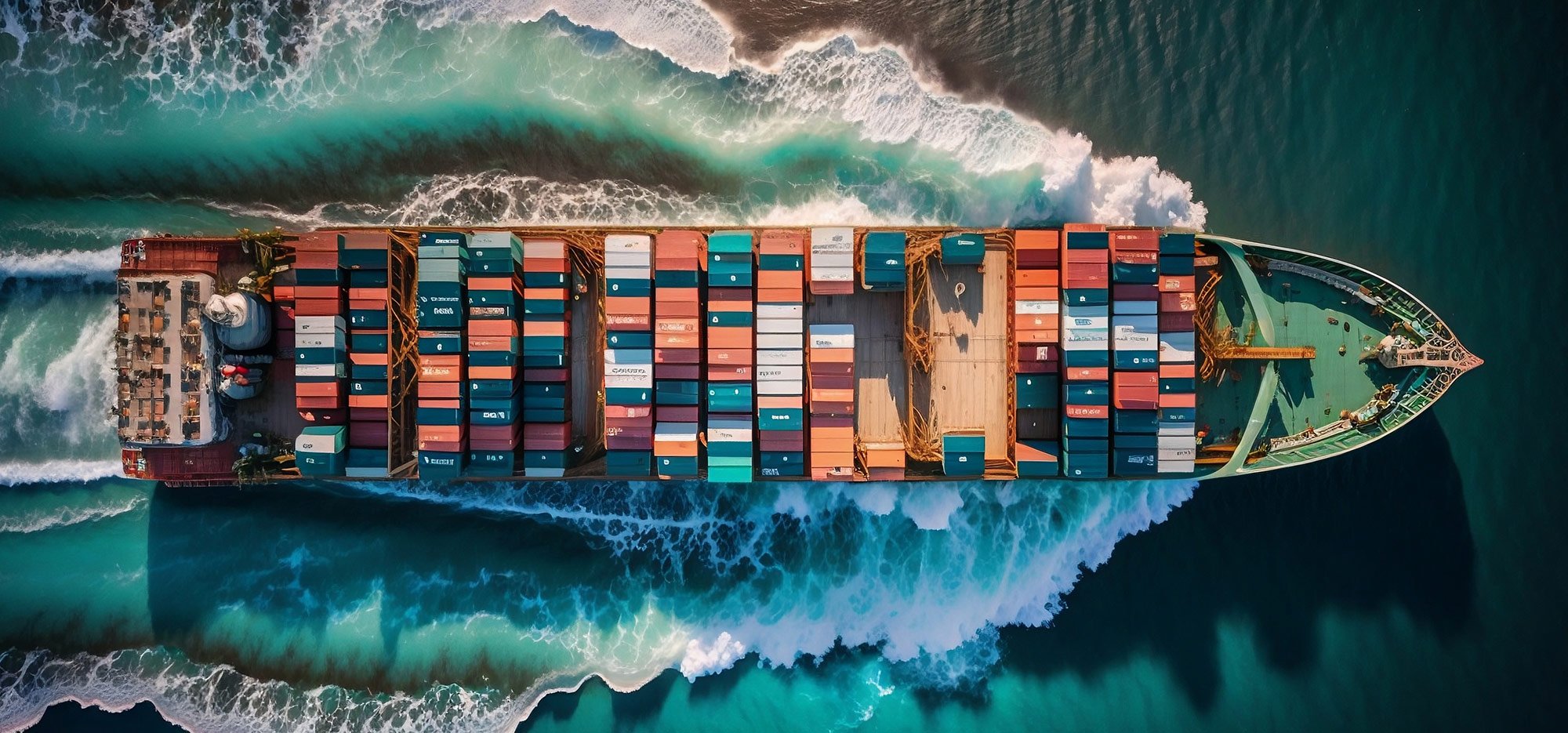

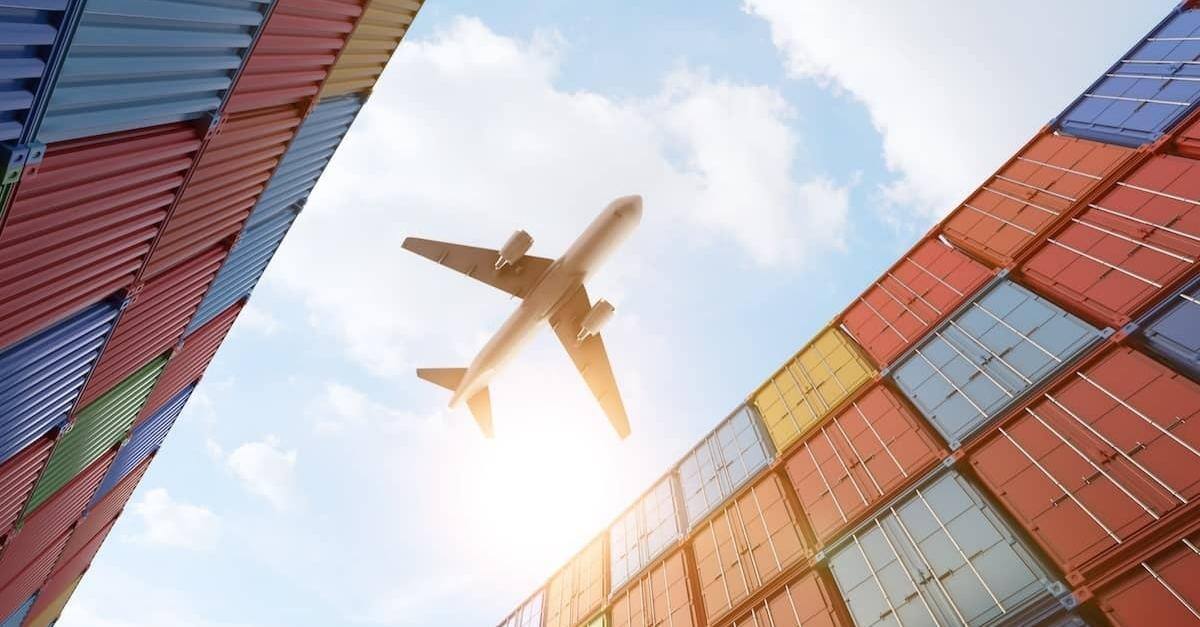
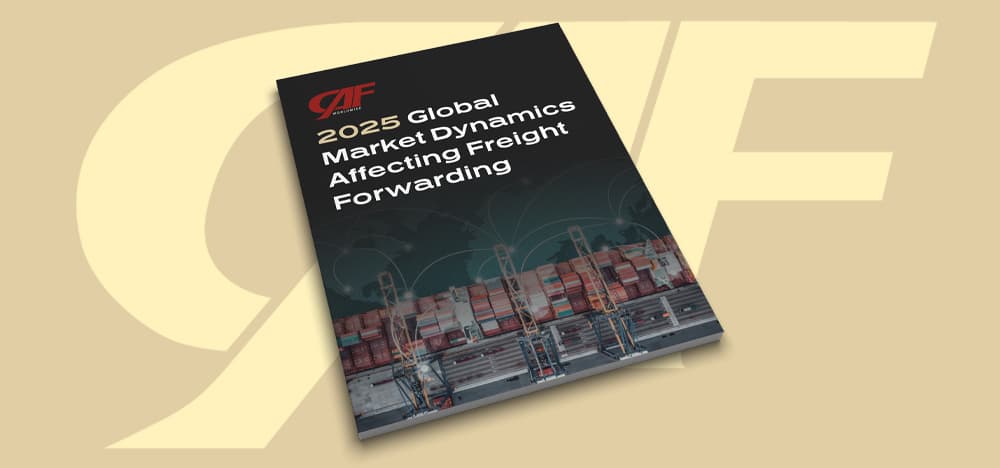
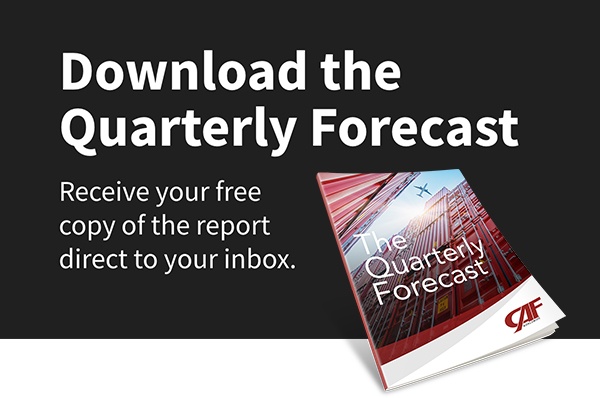

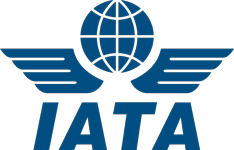





 Copyright 2025 CAF Worldwide. All rights reserved.
Copyright 2025 CAF Worldwide. All rights reserved.